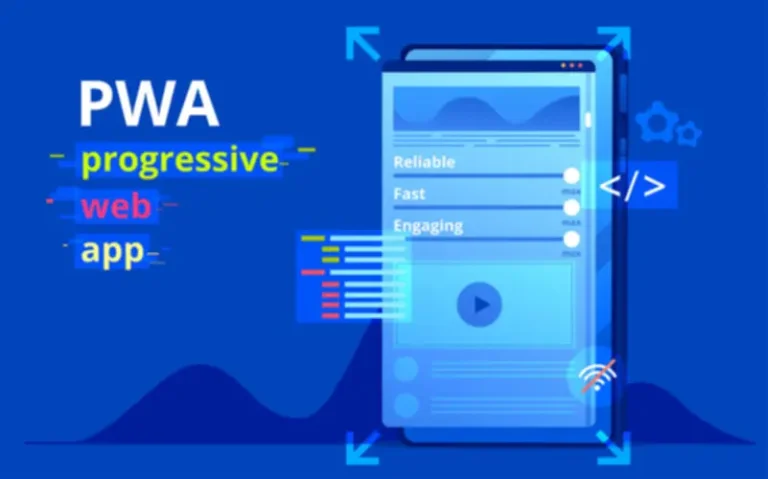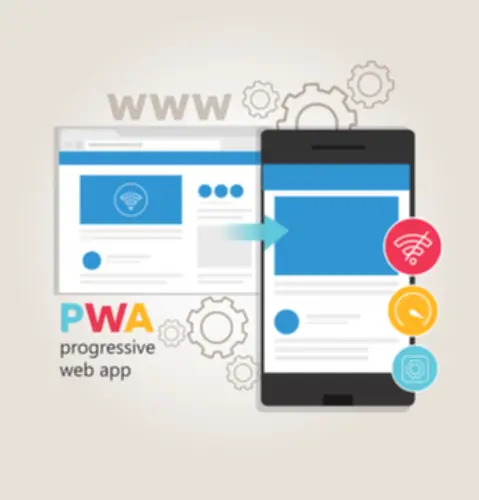Understanding Teamcity: A Complete Information To Ci Cd Powerhouse
JetBrains, known for its IDEs like IntelliJ IDEA, introduced TeamCity to streamline software program improvement workflows. Over time, it advanced with regular updates, integrating support for numerous programming languages, build tools, and version control methods. Its history demonstrates a commitment to enhancing growth practices by providing an environment friendly, adaptable, and robust device for continuous integration and deployment. TeamCity, an integration software by JetBrains, helps numerous languages, primarily Java, construct tools, and model management methods. Central to TeamCity is the construct agent, separate from the server, which executes building processes upon receiving instructions. This setup permits environment friendly resource distribution, enabling a number of agents to handle duties concurrently.
In parallel, Junie created in-house benchmarks for their internal monorepo (Java/Kotlin), Web stack, and Go codebases, repeatedly covering extra languages and technologies by the benchmarks. As Junie’s brokers became extra capable, with new instructions and smarter decision-making, every change needed to be tested for real impact. Understanding the licensing terms and circumstances is essential to ensure compliance and avoid any legal or monetary implications. Clear and clear pricing and licensing constructions permit companies to make informed decisions and choose an answer that aligns with their price range and requirements. A key part of CD is what’s called the construct pipeline, which is what we’ll focus on in the next section. In this text, by Manoj Mahalingam S, writer of the guide, Learning Continuous Integration with TeamCity, we are going to study Continuous Integration (CI) and its primary practices.
Recap Of Teamcity’s Function In Enhancing Ci/cd Practices In Devops
This part introduces Steady Delivery (CD) ideas, outlining its significance in fashionable software program improvement practices. It covers concepts corresponding to automated deployments, environment parity, and launch automation. Additionally, it discusses how CD enhances Continuous Integration (CI) and enables teams to deliver software program rapidly and reliably. This part offers a comprehensive introduction to TeamCity, explaining its definition, function, and core functionalities.
TeamCity offers a centralized platform where builders can handle builds, run automated exams, and track the general health of their initiatives in actual time. Its versatility makes it appropriate for projects of all sizes, from small startups to large-scale enterprise methods. Here, the focus is on exploring the assorted options and capabilities of TeamCity that contribute to its effectiveness in DevOps workflows. Jenkins, an open-source automation server, stays a well-liked selection for steady integration and continuous delivery (CI/CD) regardless of the emergence of newer instruments. The platform receives regular updates and enhancements, ensuring its relevance and effectiveness. With its in depth plugin ecosystem and flexibility, Jenkins continues to fulfill the evolving needs of organizations of all sizes.
TeamCity is a well-liked steady integration and supply server developed by JetBrains. TeamCity helps various programming languages, version management methods, and build tools, making it versatile and adaptable to different project requirements. This part explores the implementation of automated testing and code quality checks inside the CI pipeline in TeamCity. It discusses the combination of testing frameworks, similar to unit tests https://www.globalcloudteam.com/, integration checks, and acceptance checks, into the build course of. Moreover, it covers the setup of code quality analysis tools, static code analysis, and code coverage metrics to make sure high-quality code standards are maintained throughout the event cycle. It covers the setup of CI builds, together with defining construct steps, specifying construct triggers, and configuring construct agents.
The idea of a construct pipeline is to have your construct course of separated into numerous stages in order that multiple builds can run at the same time. Each construct could be in a unique stage of the pipeline, thereby leading to a better throughput of builds. It covers greatest practices for securing delicate knowledge, implementing access controls, and implementing authentication and authorization mechanisms within TeamCity. Moreover, it discusses strategies for sustaining compliance with industry regulations and standards, similar to GDPR or HIPAA, and conducting regular safety audits and assessments.

Steady Deployment And Continuous Delivery

TeamCity, while not totally open-source, offers an extensibility framework and permits the creation of plugins. By engaging with their respective communities, you’ll have the ability to contribute to the development and progress of these CI/CD tools. This consists of encryption protocols, safe authentication mechanisms, and regular security updates. Moreover, access management features are important for managing consumer permissions and controlling who has access to specific options or data. Sturdy safety and entry control measures present peace of thoughts and help companies meet regulatory requirements.
Key Features Of Teamcity
It discusses TeamCity as a continuous integration and continuous supply (CI/CD) server developed by JetBrains, providing insights into its architecture, elements, and primary use instances within DevOps environments. This part supplies an outline of the importance of CI/CD practices within the broader context of DevOps. It explains how CI/CD methodologies streamline software development, improve collaboration, and guarantee quicker, extra dependable supply of applications to end-users. Optimizing Performance- As you add more construct configurations, it’s necessary to monitor and optimize the efficiency of your TeamCity server and agents. This would possibly involve balancing loads throughout multiple brokers, cleansing up old construct knowledge, or scaling your infrastructure to satisfy demand.
Every construct agent performs a pivotal position, guaranteeing swift and accurate project construction, testing, and deployment. This parallel processing significantly enhances the event pipeline’s velocity and efficiency. In the world of steady integration and continuous deployment (CI/CD), TeamCity has established itself as a powerful device for automating the process of constructing, testing, and deploying software applications. Developed by JetBrains, TeamCity allows improvement teams to enhance their workflows, improve software program quality, and speed up launch cycles. Whether Or Not you’re an individual developer, part of a small staff, or in cost of a large-scale enterprise software program project, TeamCity provides strong CI/CD options to streamline your improvement course of. Cloud Computing Course post will dive deep into the workings of TeamCity, explaining its options, the means it integrates with different tools, and why it is a well-liked selection for software program improvement groups.
Combine the project along with your version control system (like GitHub, Bitbucket, GitLab, and so on.). TeamCity is a general-purpose CI/CD resolution that enables probably the most flexibility for all sorts of workflows and improvement web developer practices. The Initiatives Overview enables you to quickly examine the status of your builds, see what triggered them, download the latest construct artifacts, and extra. It permits developers to combine, code, and is easier to configure with easy steps.
TeamCity seamlessly integrates with popular issue-tracking instruments like JIRA, permitting for environment friendly issue management alongside CI/CD processes. Learn how we stay clear, read our evaluate methodology, and tell us about any tools we missed. This complete cycle may be automated with TeamCity, making it in order that the software program will get constructed, tested, and deployed routinely every time there’s a change in the source code.
- With its easy-to-use web interface, teams can arrange and regulate things simply.
- TeamCity is a general-purpose CI/CD resolution that permits probably the most flexibility for all kinds of workflows and improvement practices.
- TeamCity integrates seamlessly with Git, Mercurial, Perforce, Subversion, and other model control methods.
- It also permits for sooner feedback, enabling groups to catch and repair bugs earlier within the improvement lifecycle.
- Specify which information or directories ought to be saved as artifacts (e.g., JARs, WARs, logs, reports).
We invite readers to share their experiences and insights, as person feedback can be invaluable in determining the proper match on your CI/CD necessities. TeamCity offers a variety of out-of-the-box and native integrations with popular development and collaboration tools, together with GitHub, Bitbucket, JIRA, Slack, and more. Moreover, it offers a RESTful API for customized integrations and offers numerous add-ons from the JetBrains Marketplace to increase its performance additional. Its blend of ease of use, deep customization, and enterprise-grade options makes it a compelling alternative for contemporary DevOps practices. While it might come with a learning curve for complex setups, the long-term advantages when it comes to stability, visibility, and control make it a worthy funding for any critical growth team. It supports a variety of build runners such as Maven, Gradle, MSBuild, and more, allowing you to compile code, run tests, bundle artifacts, and deploy functions.
TeamCity is a user-friendly continuous what is teamcity software integration (CI) server for professional builders, construct engineers, and DevOps. It is trivial to set up and completely free for small teams and open supply initiatives. The construct stage does the compilation, runs the unit checks, and produces the binaries. Deployment to numerous environments such as UAT is usually guide and is completed as wanted. The actual implementation of a build pipeline will vary from project to project and staff to staff. Sometimes, there are different dependencies corresponding to libraries that come into the image, however the overall structure must be much like this.
